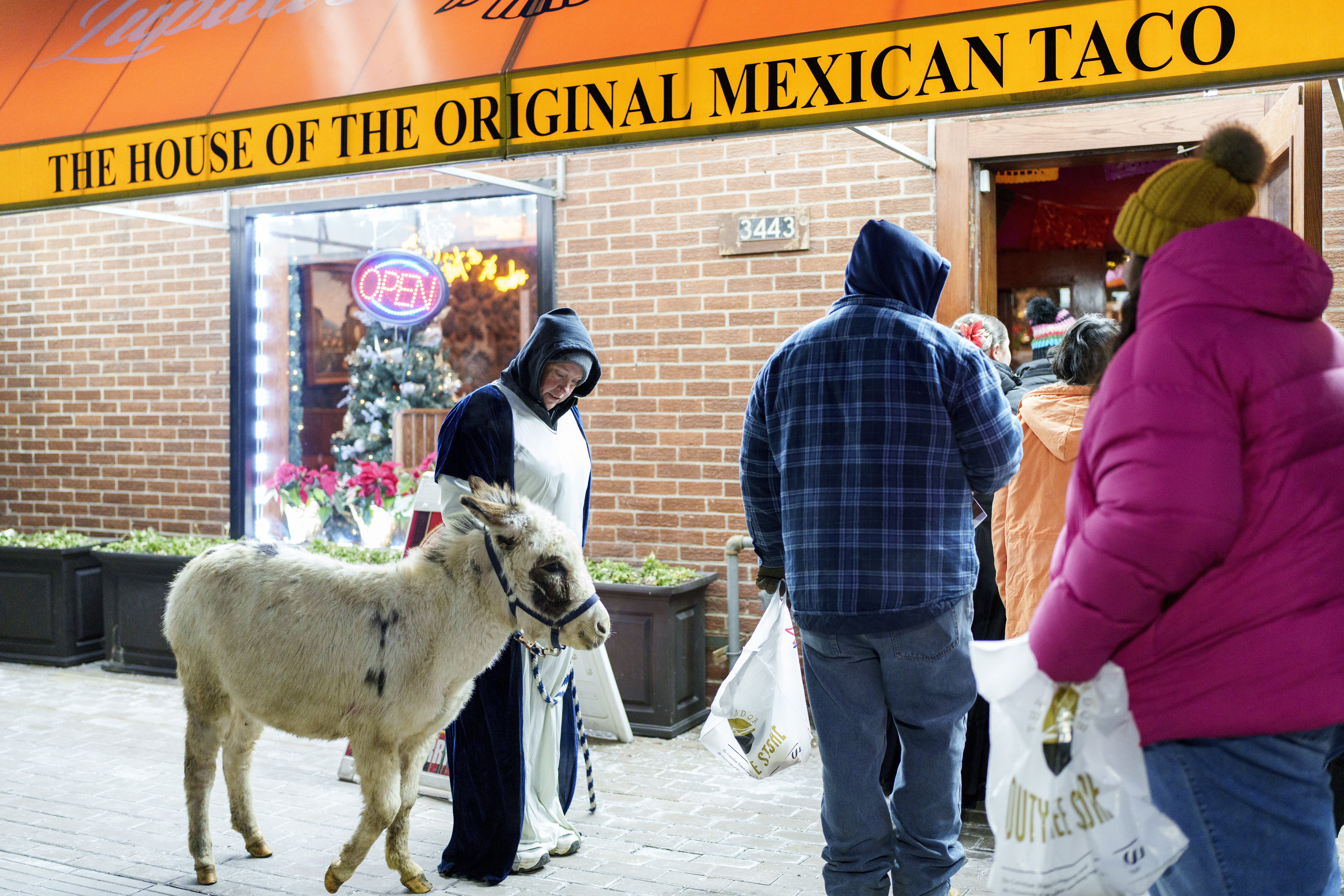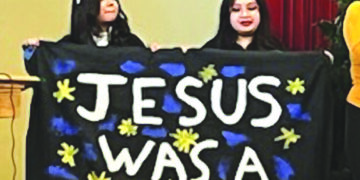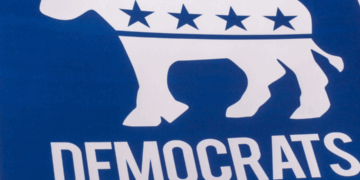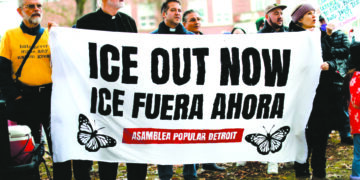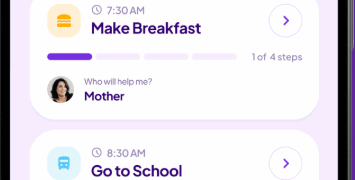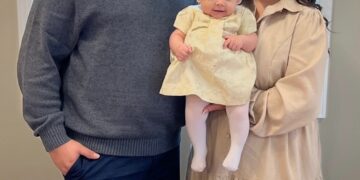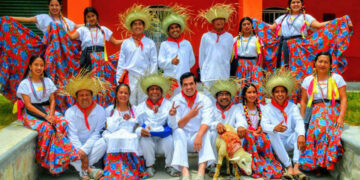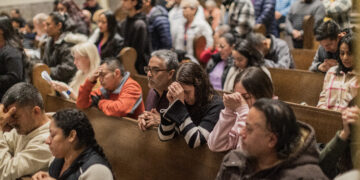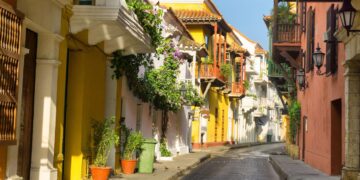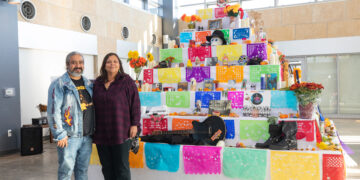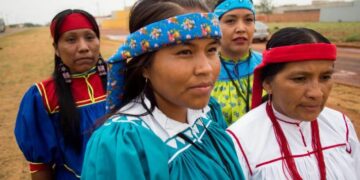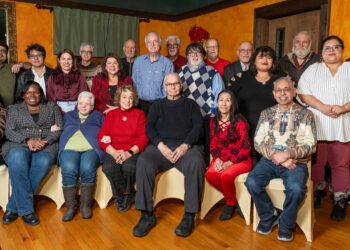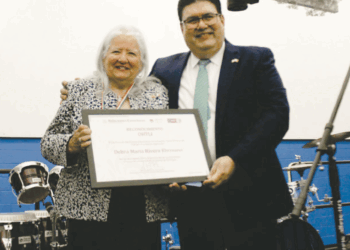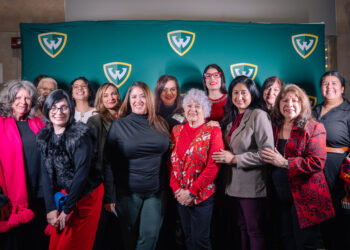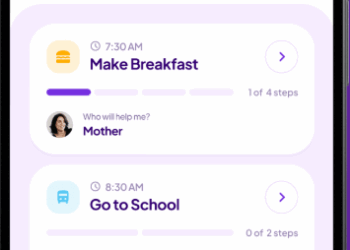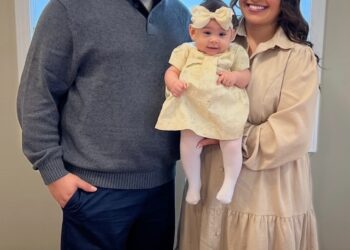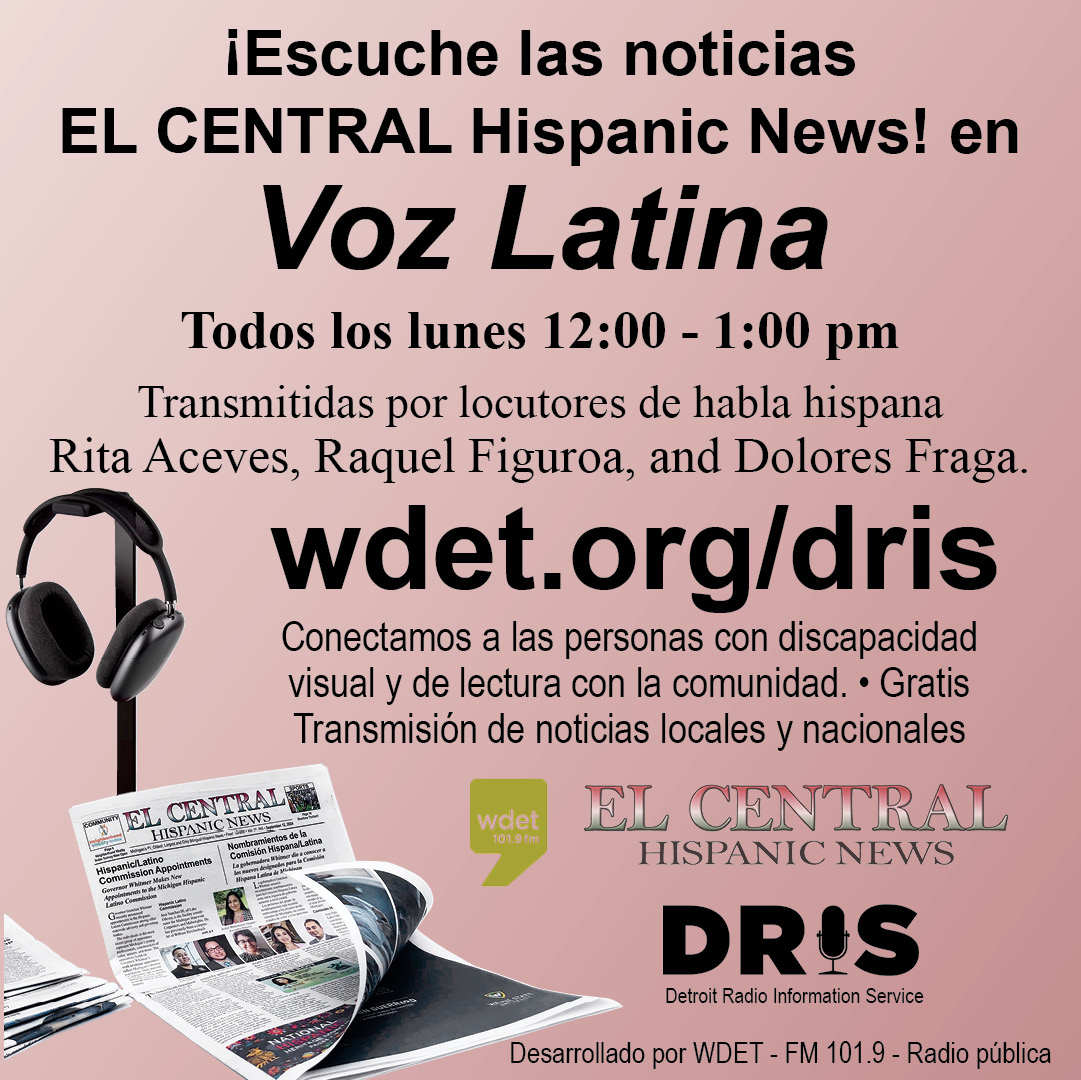DETROIT, MI – May 9, 2024 – Wayne State University President Dr. Kimberly Andrews Espy was formally installed as the 13th president and the first woman president of the university on March 18, 2024. In the few short months since her unanimous selection by the Board of Governors, Dr. Espy has met with students, staff and community leaders, including multiple listening sessions with leaders in Detroit’s Latino community in Southwest Detroit. EL CENTRAL Hispanic News writer Juan Ochoa recently sat down with Dr. Espy to discuss in more detail her experience and commitment to diversity and inclusion, in particular how she plans to ensure the success of Latino Students at Wayne State.
Background: Wayne State University’s President, Dr. Kimberly Andrews Espy, is set to formally announce her participation in the President’s Leadership for Latino Student Success (PLSS) this coming fall, underscoring her dedication to enhancing academic opportunities for Latino students. The announcement will align with her Prosperity Agenda, which she introduced during her historic investiture as Wayne State’s first female president.
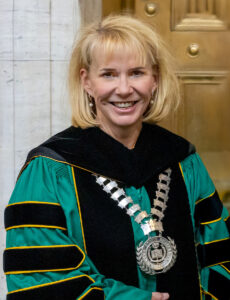
In her acceptance speech, President Espy explained the Prosperity Agenda’s focus on Accelerating Mobility, Empowering Health for Urban Neighborhoods, and Fueling Innovation for Competitiveness. These efforts are particularly significant for the Latino community, an essential demographic within the university’s diverse student body. Dr. Espy’s commitment to the PLSS initiative emphasizes the alignment of educational access, health initiatives, and economic innovation with the interests and advancement of Wayne State’s Latino community.
Can you share with us what “transformational leadership” represents to you, particularly in the context of your role at the university?
Wayne State fundamentally is a university. That’s all about our community… We are a public urban research university, and each of those words matters… We embrace and open our doors as wide as we can to all talented students… The way that we work towards folks is by listening, by talking, by hearing what folks’ goals are and then co-creating what that can be in the future…
Wayne State is a university of opportunity that’s transformation at its core… It really is about harnessing that mission, making sure folks are rowing in relatively the same direction towards that goal of impact… In some ways, I’m very fortunate to have that framework in getting folks together around that purpose, to then chart a course… we put our foot on the gas because we’re already pointing in the right direction… And that’s the kind of impact that Wayne State has every day.
What DEI initiatives will Wayne State implement or plan to undertake in the immediate future to support underrepresented students and faculty, including the Latino community?
We make sure that our students feel like they belong here… Our incoming students for example, this last fall roughly 10% identified as Hispanic of the total undergraduate students… looking at each part of the pipeline… we recognize that finances are a big piece for students and for our Hispanic and Latino students, they’re very averse, and rightfully so, from taking out loans… so with the Pell (and) with the Michigan Achievement Scholarship… this last year 59% of our students came to Wayne State without paying tuition and academic fees…
Could you articulate the nature of your involvement with the Excelencia organization while at the University of Texas San Antonio (UTSA), and describe its impact?
Excelencia in education has done such an outstanding job in terms of raising visibility, excellent job in many ways. First, in underscoring the importance of education relative to the trajectory and the impact for our Hispanic and Latino communities, number one, number two in providing data and best practices for universities to do better to truly serve our Latino and Hispanic communities… You need to be a campus that’s responsive to the needs and understands the assets that students from different cultures bring to the table… I’m grateful that I’ve had the opportunity to work with Excelencia. At UTSA, we were a seal certified institution… you send like three or four of your teammates at the university to learn best practices to work with other universities to hold each other accountable… once we became seal certified… that represents an intentional commitment on Wayne State’s part for bringing in some of those best practices for working with other universities…
I recognize that the Hispanic and Latino community has always been a part of Wayne State’s fabric and I want to make sure we’re serving that community as well… the thing that I really appreciate about Excelencia is that it’s all about being intentional… you lay out what your data is where you are in a really unbiased way… you lay out your practices that have worked, what your plans are, how you’re going to work on and improve whatever data that you have. And then you get evaluated essentially on that… Excelencia has done an outstanding job in raising the visibility of the impact of our Hispanic and Latino communities on our US competitiveness, on what’s right for our communities, and then providing a path where higher ed can do even better.

How do you anticipate institutionalizing the best practices in Latino/a student success through Excelencia at Wayne State, and what adaptations in terms of additional logistical and financial support and if any, might be necessary to ensure its success in the new (WSU) environment?
We are very fortunate and that we have a very robust group that’s oriented towards student success. That’s how we’ve been able to move the needle on our graduation rates over the last decade. I’m pleased that the infrastructure is in place. We have a Center for Latino/a and Latin American Studies (CLLAS) that works hand in hand with our student’s success… There seems to be a new sense of reaching out across the different areas of our university community…
When we celebrated Hispanic Heritage Month this last fall, we did a whole piece… connecting what was happening at our student success center as well as in CLLAS. We celebrated some cultural aspects relative to communications and again, it was to be intentional, and kind of linking the dots because what I found was, ‘Oh, the folks in our multicultural center for example, didn’t know that some of the work that was happening in CLLAS,’ who also didn’t know that we had events relative to student affairs and those sorts of things.
In what ways do you envision Excelencia integrating into and contributing to your broader vision for elevating Wayne State University?
Yes, so as a part of being a member (of Excelencia) that will be announced. You heard it here first, in the fall we were invited to participate in those Institute’s that I that I mentioned, and so it’s not just (to) participate. So when you send a team, there’s a data, putting that into practice Institute, there’s an enrollment, they’re kind of topical and they usually have three to five of them a year. And as a part of participating in the institute, then you begin to set goals and set implementation plans that then eventually would be a part of a seal application. And so, we’ll be participating in that process this next year. And then I look forward to you know, organically as those teams get together, you know, they’ll chart out the specific as they work with Excelencia… But yet, you go through an organic kind of planning process, as I described, that will enable us to move forward. We’re going to be participating in those Institutes and I’m really looking forward to it because I know I’ve seen the benefit of how both looking critically at yourself, thinking about plans and then leveraging both the expertise that Excelencia (brings) but also the other universities in the room. It’s just very powerful.
How do you envision WSU playing a larger role in facilitating recruitment, retention, and degree completion?
When discussing the impact of our work this past fall, and that 10% of our (incoming) students identified as Hispanic or Latino, I think overall, university proportions is like 6%. So, if our overall is 6%, and yet our incoming class was 10, we’re making a difference in terms of opening our doors even wider, being a place where Latino and Hispanic students want to come.
Now our job is to continue that trajectory, the more the merrier. We’re working on ways we can support students to live directly on campus because that makes a difference, too. It’s through getting the word out that this is a campus that welcomes, embraces, and is intentional about being focused on the success of our Latino students.
What strategies do you plan to implement through your Prosperity Agenda to enhance Wayne State’s engagement with Detroit’s multifaceted demographic landscape?
The prosperity agenda includes three facets. First, accelerating social mobility for our students, focusing on college to career, ensuring students are prepared for jobs and careers, and providing career-engaged experiences.
Second, empowering health for our urban neighborhoods, hearkening back to Wayne State’s origins from physicians in the civil war. Our medical school, being one of the largest on a single campus, engages in community prevention and population health. Our students and doctors offer preventative services and health education, aiming to avert negative health trajectories through a community-based approach. For example, during the pandemic, our mobile units were crucial in providing assessments and vaccinations, coupled with support for mental health and food access, addressing multiple needs holistically.
Lastly, the agenda is about regional competitiveness. Detroit’s legacy of makers and doers sets the stage for a knowledge-based future, requiring skills and competencies across the spectrum. Wayne State will ensure well-trained talent and foster innovation by supporting the development of ideas into technologies, programs, and equitable legal practices.
We’ll nurture start-up businesses through TechTown, Wayne State’s research and technology park, assisting both technology and community-based businesses, like helping local entrepreneurs with business plans and capital. These are the three areas of focus under the prosperity agenda.

What responsibilities will be undertaken by Melissa J. Smiley, your Chief of Staff, in cultivating and strengthening ties with the Latino community and beyond?
When discussing leadership, I recognize that as president I have a particularly external role, often representing Wayne State at events, which is a key part of my role along with clear intentionality. Melissa Smiley, as Chief of Staff and University Relations Officer, oversees government and community affairs, marketing, and communication, as well as our board office. Her role involves facilitating connections, but it’s a collective effort across our leadership team that includes academic deans, vice presidents, and myself, as we all engage with different parts of our community.
Our Vice President for Research, Dr. Ezemenari Obasi, is tasked with building out our research portfolio, which includes health equities and partnerships with industry and government. Our Provost ensures academic programs are attuned to community needs. The responsibility extends to development and alumni relations. It’s not just Smiley’s job to engage with the Latinx community and beyond; her role is to strategize and create avenues for connection, ensuring the institution meets the needs presented by our community.
Juan Ochoa is the Spanish Communication Representative for Michigan News. He has several years of communication experience working for WXYZ-TV, UNESCO, World Radio Paris, The World Association of Newspapers and News Publishers, Southwest Detroit Community Justice Center and Lawrence Technological University. He has a master’s degree in global communication from The American University of Paris, a bachelor’s from Lawrence Tech in media communication and an associate’s degree in engineering. His goal is to inform the World through important news topics and research breakthroughs. Juan enjoys spending time with family and friends, traveling and exploring nature.
**********
The Race and Justice Reporting Initiative made this story possible. The initiative aims to build trust between the news media and Black, Indigenous, and People of Color communities and strengthen representative democracy.

